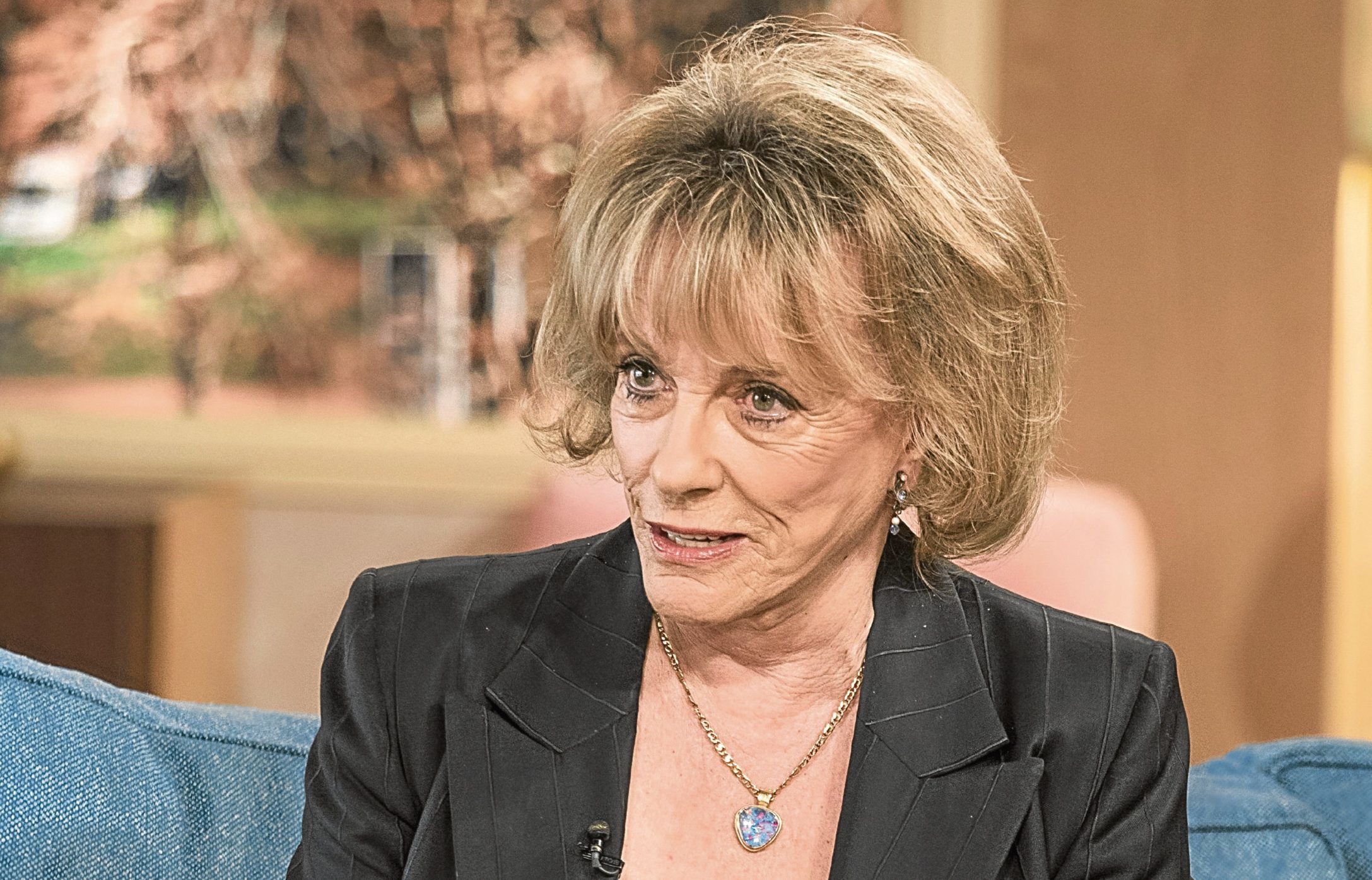
THE breakdown of traditional family units, with fewer grandparents, aunts and uncles around for children to talk to about their problems, is behind a surge in mental health issues among young people, Dame Esther Rantzen said.
Dame Esther, founder and president of Childline, said the decrease in extended family units, where children can talk about problems they may be unable to express to their parents, was a key contributing factor to the unhappiness of young people.
Young people were also growing up in a world that was far more hostile and worrying than when the charity opened in 1986, she added, with everyone from Sir David Attenborough warning “about the end of the world” to school bullies adding to the pressure children face.
Childline said the number of counselling sessions mentioning anxiety in 2017/18 had more than doubled in two years, up from 11,706 in 2015/16 to 21,297 in 2017/18.
And more than a third of the counselling sessions provided over the phone or online in the last year were for young people experiencing problems with their mental and emotional health and wellbeing, the charity said.
Speaking at the launch of Childline’s annual review, The Courage To Talk, in central London on Thursday, Dame Esther said: “The question I’m sure that everyone here is asking is why? Why has this huge increase happened among young people?
“It would be comfortable to think that it’s not actually a real increase in mental health issues, it’s just that they are empowered to talk about it… I don’t think that’s right.”
Instead, she said much of the increase was because families today are far less interconnected, with more members living abroad or in different areas of the country from their relatives.
“I had an extended family around me – grandparents, aunts and uncles – and for the things I couldn’t talk about to my parents there was somebody there who accepted me unconditionally because I was family,” she said.
“Families need to ask themselves if there is enough emotional support, whether they’re giving young people enough time.
“Grandparents can provide that unconditional, non-judgmental love.”
She added: “I think that in all kinds of ways the nuclear family has become isolated.
“It is no longer a priority to keep an extended family together and to use our time and spend our time together.”
Dame Esther added that mounting pressures from social media and fears of climate change were just some of the issues young people were worrying about.
“There’s the outside world coming in – these are worrying times,” she said.
“If it’s not David Attenborough, I’m sure rightly, warning about the end of the world, it’s somebody at school saying it will end if you don’t get your GCSEs.
“Then there’s the internet, and the questions of the internet: Are you liked enough? Are you attractive enough? Are there people trying to bully you via the internet?
“There are so many pressures coming in, so I think young people truly are in a different world today from the world that surrounded us when we launched in 1986.”
Fewer than one in three young people referred to mental health services receive treatment within 12 months, according to the Children’s Commissioner for England.
Peter Wanless, chief executive of the NSPCC, said: “Increasingly Childline is filling the gap left by our public mental health services, providing young people with a place they can go for round-the-clock advice.”

Enjoy the convenience of having The Sunday Post delivered as a digital ePaper straight to your smartphone, tablet or computer.
Subscribe for only £5.49 a month and enjoy all the benefits of the printed paper as a digital replica.
Subscribe